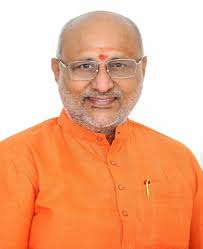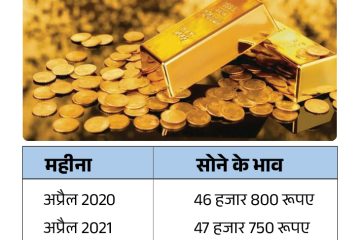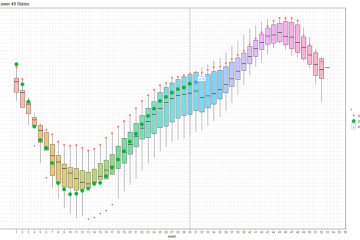CP Radhakrishnan: An Influence on Indian Political Landscape

Introduction
CP Radhakrishnan is a prominent figure in Indian politics, known for his role as a Union Minister and a member of the Bharatiya Janata Party (BJP). His contributions have significantly shaped various policies and initiatives over the years. Understanding his political journey and influence provides insights into the current political landscape of India.
Personal Background
Born on January 18, 1951, in Kerala, CP Radhakrishnan has a strong educational background in law and commerce. Active in political circles from a young age, he joined the Rashtriya Swayamsevak Sangh (RSS) before becoming involved in politics through the BJP, where he cultivated essential skills and networks.
Political Career
C.P. Radhakrishnan was first elected to the Lok Sabha, the lower house of India’s Parliament, in 1999. Since then, he has been re-elected several times, reflecting his strong support base in the constituency of Kottayam, Kerala. He served as the Minister of State for Railways and later as the Minister of State for Finance, where he played a critical role in formulating budgets and implementing financial policies that aimed to boost the country’s economy.
Recent Developments
In recent years, Radhakrishnan has been instrumental in advocating for infrastructural development in his state and across the nation. His participation in initiatives such as the PM Gati Shakti National Master Plan emphasizes his focus on enhancing connectivity and logistics to foster economic growth. Additionally, he continues to contribute to the BJP’s strategies in Kerala, where the party is striving to increase its influence amidst a traditionally strong opposition.
Challenges and Future Outlook
As Indian politics becomes increasingly complex, figures like CP Radhakrishnan face many challenges, including navigating coalition politics and maintaining party unity. However, his experience and political acumen equip him to tackle these obstacles effectively. Moving forward, stakeholders and citizens alike will be eager to see how Radhakrishnan’s strategies evolve, especially in the wake of the 2024 general elections, where political dynamics are anticipated to shift significantly.
Conclusion
In conclusion, CP Radhakrishnan remains a central figure in shaping Indian political discourse. His journey from grassroots activism to national leadership serves as an influential example for aspiring politicians. Understanding his contributions provides a clearer perspective on India’s political framework and what lies ahead for the nation in terms of governance and development.









